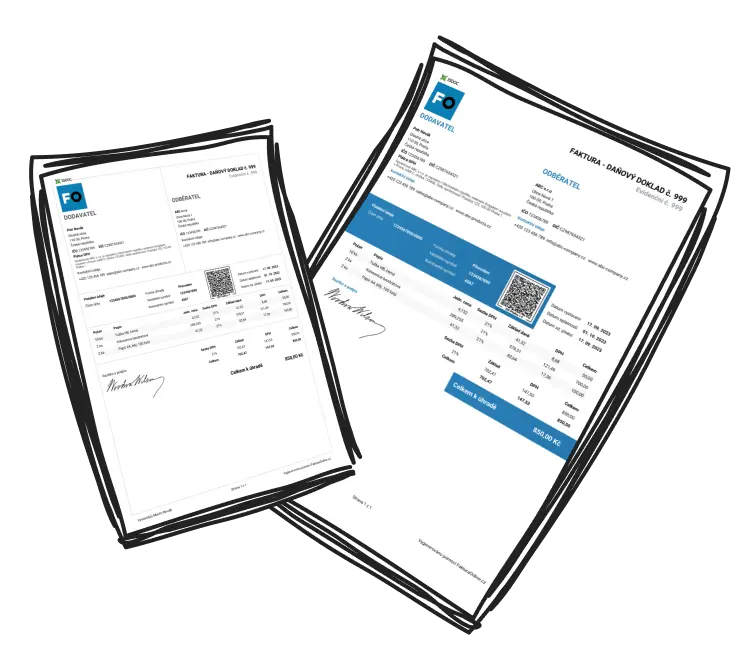Workplace PTSD, or Post-Traumatic Stress Disorder, is a debilitating mental health condition that emerges from traumatic or extremely stressful occurrences specific to the workplace environment, setting it apart from other PTSD forms. Unlike normal workplace stress that subsides with time or changes in workload, workplace PTSD has long-lasting, profound effects on both mental and physical health.
It can result from a variety of experiences, such as harassment, bullying, workplace violence, exposure to traumatic events (e.g., first responders or healthcare workers), or ongoing toxic environments characterized by unreasonable demands and lack of support.
Workplace PTSD doesn’t just affect employees—it can hinder organizational productivity, morale, and retention if left unaddressed.

The impact goes beyond individual workers, as it disrupts workflow, damages workplace culture, and creates significant organizational challenges. Tackling workplace PTSD is essential for the well-being of employees and fostering positive work environments.
How Can Workplace PTSD Be Recognized?
Early recognition of workplace PTSD is crucial for effective intervention. Pay attention to the following warning signs that might indicate workplace PTSD:
Emotional indicators: Persistent anxiety, fear, depression, or sudden mood swings.
Behavioral changes: Withdrawal from colleagues, avoidance of specific tasks, reduced productivity, or absenteeism.
Physical symptoms: Chronic fatigue, sleep disturbances, or psychosomatic issues like headaches and stomach pain.
Cognitive difficulties: Problems concentrating, forgetfulness, or indecisiveness.
Exaggerated reactions: Heightened nervousness, hypervigilance, or sensitivity to workplace feedback.
Avoidance tendencies: Avoiding certain individuals, meetings, or responsibilities due to triggering reminders.
Identifying these signs early can prevent worsening conditions, offering employees the chance to seek support before the symptoms become overwhelming.
Effective Strategies for Managing Workplace PTSD
Successfully managing workplace PTSD necessitates a combination of personal coping strategies and organizational support systems.
-
Personal coping strategies:
Seek professional counseling or therapy such as CBT (Cognitive Behavioral Therapy) or EMDR (Eye Movement Desensitization and Reprocessing).
Practice mindfulness or stress-relief techniques to improve emotional regulation.
Communicate openly with trusted colleagues or managers about your needs and triggers.
Set boundaries to manage your workload and protect your mental health.
-
Organizational approaches:
Offer Employee Assistance Programs (EAPs) to provide confidential support.
Train managers on trauma-sensitive communication and mental health literacy.
Create flexible work environments to accommodate recovery, such as reduced workloads or temporary leave.
Promote an inclusive culture that normalizes mental health conversations and prioritizes employee well-being.

Tip
Encourage leadership to model supportive behaviors and commitment to mental health initiatives. This sets a precedent for a more compassionate work environment.
How to Prevent Workplace PTSD Inclusively and Proactively
Preventing workplace PTSD hinges on proactive measures that foster a safe and supportive workplace culture.
Train management: Equip leaders with skills in emotional intelligence, active listening, and conflict resolution.
Implement strong policies: Develop and enforce anti-harassment and anti-bullying protocols to minimize interpersonal conflict.
Educate staff on mental health: Conduct regular training sessions, wellness workshops, and stress management programs.
Encourage open communication: Create channels for employees to voice concerns without fear of retaliation.
Design realistic workloads: Promote work-life balance through manageable expectations and sufficient downtime.

Example
One company improved its culture by introducing stress management workshops and anonymous employee surveys to assess mental health. As a result, employee satisfaction and productivity increased significantly.
What are the Signs and Symptoms of Workplace PTSD?
Workplace PTSD can manifest through varied symptoms, deeply impacting mental, emotional, and physical well-being, distinct from ordinary stress experiences:
Intense vigilance: Hyper-awareness and constant alertness to perceived threats.
Mood instability: Sudden outbursts of anger or feelings of sadness and hopelessness.
Intrusive thoughts: Disturbing flashbacks or nightmares related to traumatic workplace incidents.
Cognitive impairment: Difficulty focusing or retaining information.
Physical repercussions: Chronic headaches, chest pain, or frequent illnesses resulting from stress.
Knowing the symptoms could save you or a coworker from years of untapped potential and prolonged mental strain.
By understanding workplace PTSD, recognizing its signs, and implementing effective strategies, employees and employers alike can cultivate a healthier work environment that actively supports mental well-being and fosters productivity.


